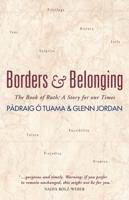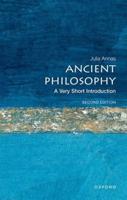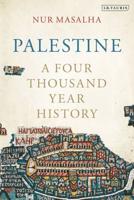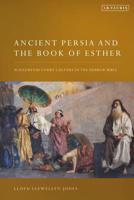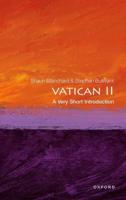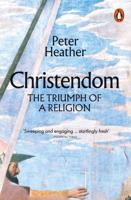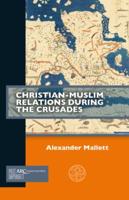Publisher's Synopsis
The Use of Hereford, a local variation of the Roman Rite, was one of the principal diocesan liturgies of medieval England before their abolition and replacement by the Book of Common Prayer after 1549. Unlike the widespread Use of Sarum, the Use of Hereford was confined mainly to its cathedral and diocese, which enabled it to maintain its individuality until the mid sixteenth century. This monograph examines the Use of Hereford in the context of the British diocesan rites in general, as well as considering its possible Lotharingian origins during the late eleventh century and its surviving sources, both manuscript and printed. In addition to its more familiar missals, breviaries and gradual, lesser known sources include fragments of early Hereford service-books dismembered at the Reformation, and now hidden away as binding or archival scrap in libraries and record offices. The distinctiveness of the Use of Hereford is also discussed as well as the possible reasons for its continuation, due probably to its cathedral's unique constitutional and liturgical identity, which enabled it to maintain its integrity in a Province largely dominated by Sarum Use.


